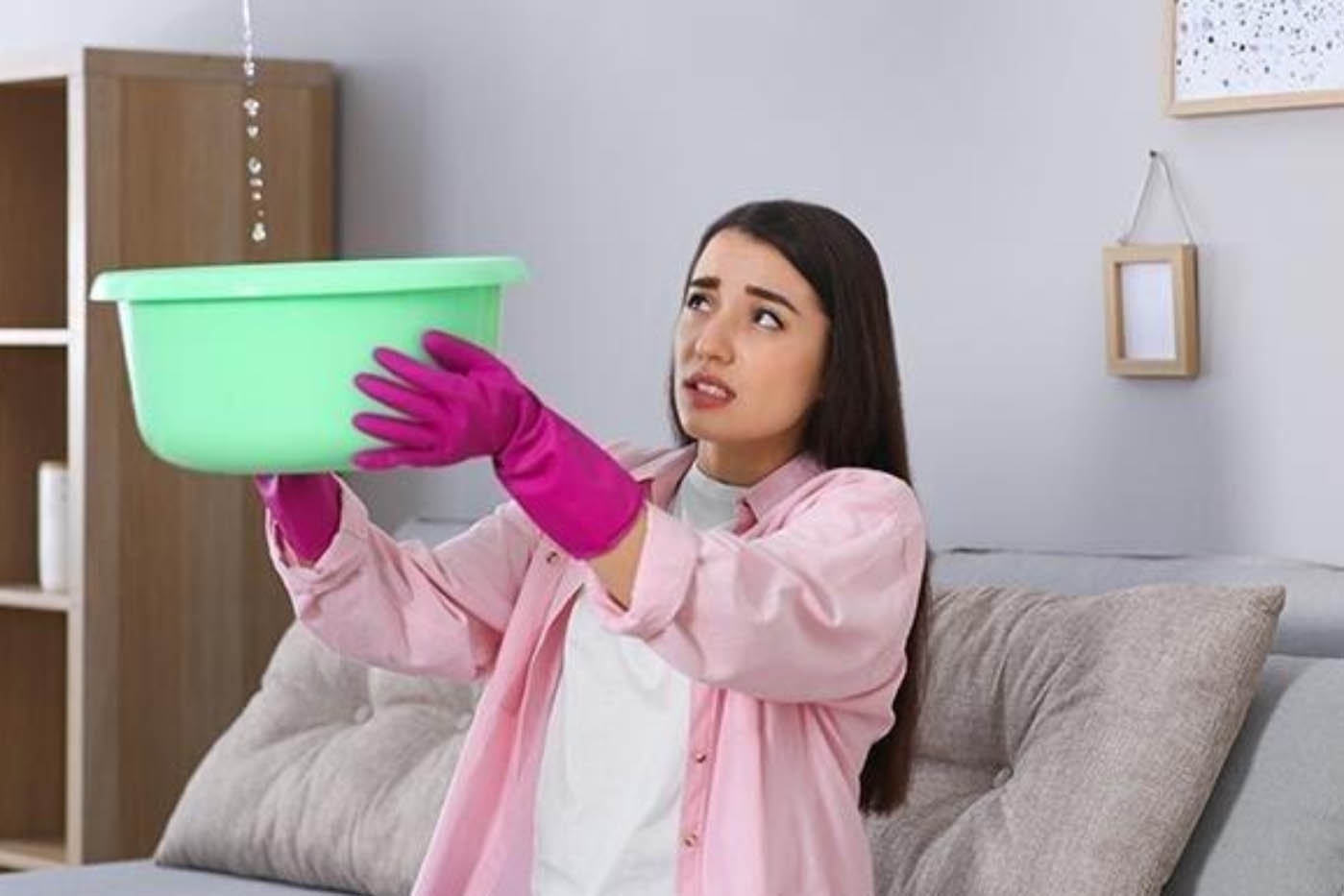Water damage is a common household occurrence that can cause significant property damage. Whether it’s a leaky roof, burst pipe, or flooding, the financial impact can be substantial. This is where homeowners insurance comes into play.
However, the reality of whether water damage is covered by homeowners insurance is more complex than a simple yes or no. Understanding the nuances of your policy is crucial to knowing what is and isn’t covered.
Types of Water Damage Covered by Homeowners Insurance
Homeowners insurance typically covers water damage that occurs suddenly and accidentally, rather than damage that results from neglect or lack of maintenance. Here are some examples of situations where water damage might be covered:
- Burst Pipes: If a pipe bursts due to freezing temperatures or unexpected pressure, resulting in water damage, your homeowners insurance usually covers the repair of the damage caused by the water. However, it’s essential to note that the cost of repairing or replacing the pipe itself may not be covered, but the resulting damage to your home and belongings generally is.
- Appliance Malfunctions: If a dishwasher, washing machine, or water heater malfunctions and causes water damage, this is often covered under a standard homeowners insurance policy. The coverage would include repairing or replacing the damaged areas of your home, such as flooring, walls, and furniture.
- Roof Leaks Due to Storms: If a severe storm causes damage to your roof, leading to water leaking into your home, your policy typically covers the resulting damage. This would include repairs to the ceiling, walls, and any personal property affected by the water.
- Accidental Overflow: If a bathtub or sink overflows accidentally, causing water damage, this may also be covered. The key is that the overflow must be accidental and not due to negligence.
Tips for Maximizing Water Damage Coverage
To ensure you have adequate protection against water damage, consider the following:
- Review your policy: Carefully read your homeowners insurance policy to understand the specific terms and conditions related to water damage coverage.
- Increase your coverage limits: If you live in an area prone to water damage, you may want to increase your coverage limits to adequately protect your property.
- Consider additional endorsements: Some homeowners insurance policies offer additional endorsements that can provide more comprehensive coverage for water damage. These may include:
- Mold coverage: Provides coverage for mold-related damage.
- Backup of sewer or sump pump: Covers damage caused by a backup of sewer or sump pump.
- Protect your home: Take proactive steps to prevent water damage, such as:
- Regularly inspecting your plumbing and roof
- Installing water leak detectors
- Maintaining your sump pump
Filing a Water Damage Claim
If your home experiences water damage, it’s important to act quickly. Here are some steps to follow:
- Document the damage: Take photos and videos of the damage to provide evidence to your insurance company.
- Mitigate further damage: If possible, take steps to prevent further damage, such as turning off water sources or removing damaged materials.
- Contact your insurance company: Notify your insurance company as soon as possible about the water damage. They will provide guidance on filing a claim.
Water damage can be a stressful and expensive ordeal for any homeowner. While homeowners insurance provides valuable protection against certain types of water damage, it doesn’t cover everything. Being aware of what your policy includes and taking proactive steps to mitigate risks can help protect your home and finances.
Consider reviewing your policy and discussing additional coverage options with your insurance agent to ensure you’re fully protected against water damage.








Comment